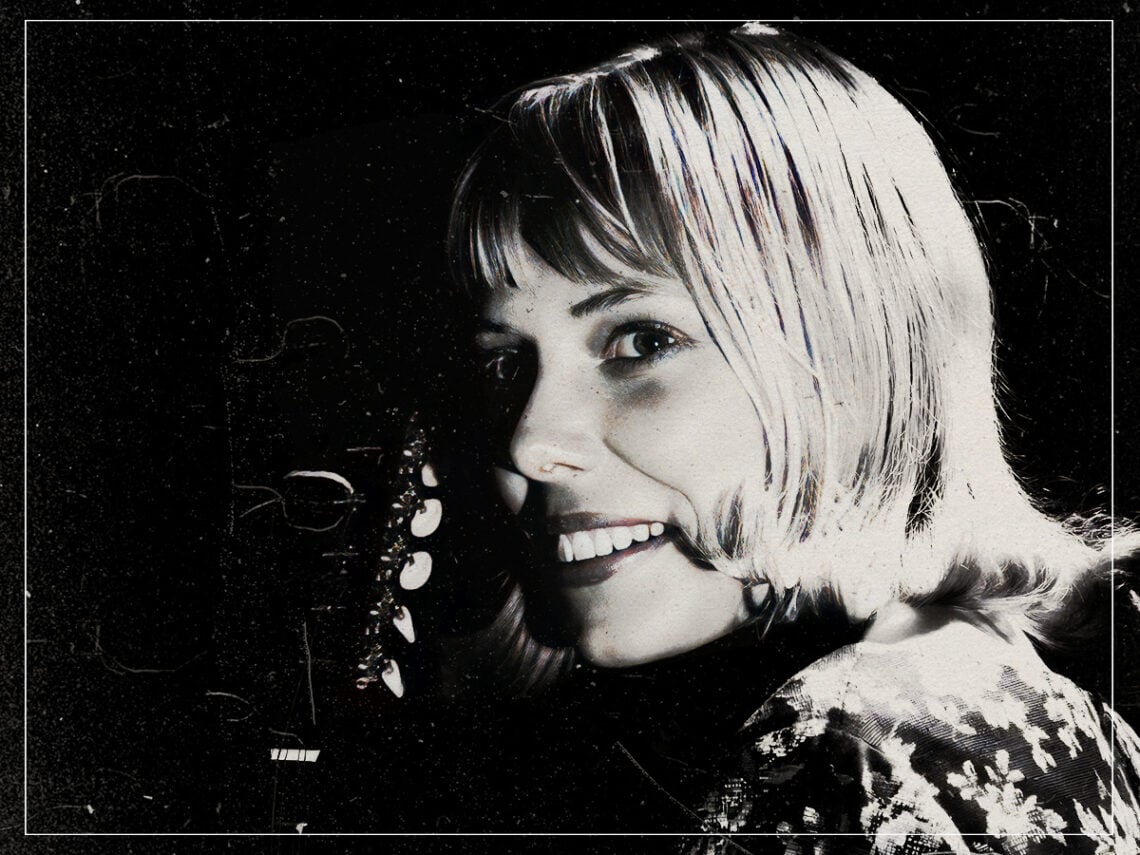
(Credits: Far Out / Press)
Tue 14 October 2025 22:00, UK
It would have been a crime against music everywhere had we not been given Joni Mitchell in the 1970s.
She was far from the most boastful artist in the world, but listening to many of her classics, there’s a level of sophistication she brought to music that was never going to be recreated by anyone else. She knew music on a much more intimate level, and that normally didn’t mean having to carry herself like one of the greatest musicians that anyone has ever seen.
But that wasn’t necessarily the kind of rock and roll scene that Mitchell was born into, either. Led Zeppelin may have been fans of Mitchell’s music, but it was a lot easier for people to relate to Robert Plant beating on his chest and acting like this massive alpha male out onstage whenever he performed. Because, really, that was a big part of what rock and roll was all about for those that first tuned in.
No one was listening to Little Richard or Elvis Presley back in the day because they wanted to hear a pleasant little tune. These artists were among the most energetic performers in the world, and when hearing Little Richard, there was no doubt that he thought he was one of the most engaging performers in the world. If all people had before was Pat Boone, he may have had a small point, but Mitchell knew that there was a better way for her to get her foot in the door of the music industry.
She simply wasn’t the kind of artist to beat you over the head with her music. Even on her greatest records like Court and Spark, the music almost envelopes the listener half the time and is able to spread out over the course of a particular song. She may have taken cues from the biggest names in jazz by playing more esoteric melodies, but that only came from her first learning that rock and roll could be a more communal exercise.
Most of her heroes were born out of the folk scene, and while it took her a little while to come around on Bob Dylan, it was easy to see what the Kingston Trio were doing and see herself in that position. It was almost too wholesome in some spots, but Mitchell felt that the only way for her music to fit into the mainstream was to have that same kind of human approach to her craft.
Even if she had a lot of experience under her belt, Mitchell even said she was in danger of walking away from music altogether were it not for the Kingston Trio, saying, “Rock & roll went through a really dumb vanilla period. And during that period, folk music came in to fill the hole. At that point I had friends who’d have parties and sit around and sing Kingston Trio songs. That’s when I started to sing again. That’s why I bought an instrument. To sing at those parties. It was no more ambitious than that.”
She may not have had the massive dreams that a lot of other musicians have starting out, Mitchell almost didn’t need that kind of ambition. Her music was about trying to capture a feeling in song the same way that an artist captures an emotion in a certain painting, and while art school was always an option, records like Blue ended up having more than a few moments that were a lot more emotionally gripping than even Mitchell could have imagined.
While The Kingston Trio were a decent folk rock outfit, what Mitchell did with that approach felt like a fully-realised version of what folk music could be. This was a long way away from her days playing with the greatest names in jazz, but in order to get to that kind of position, you have to first make music that helps build that sense of community.
Related Topics
